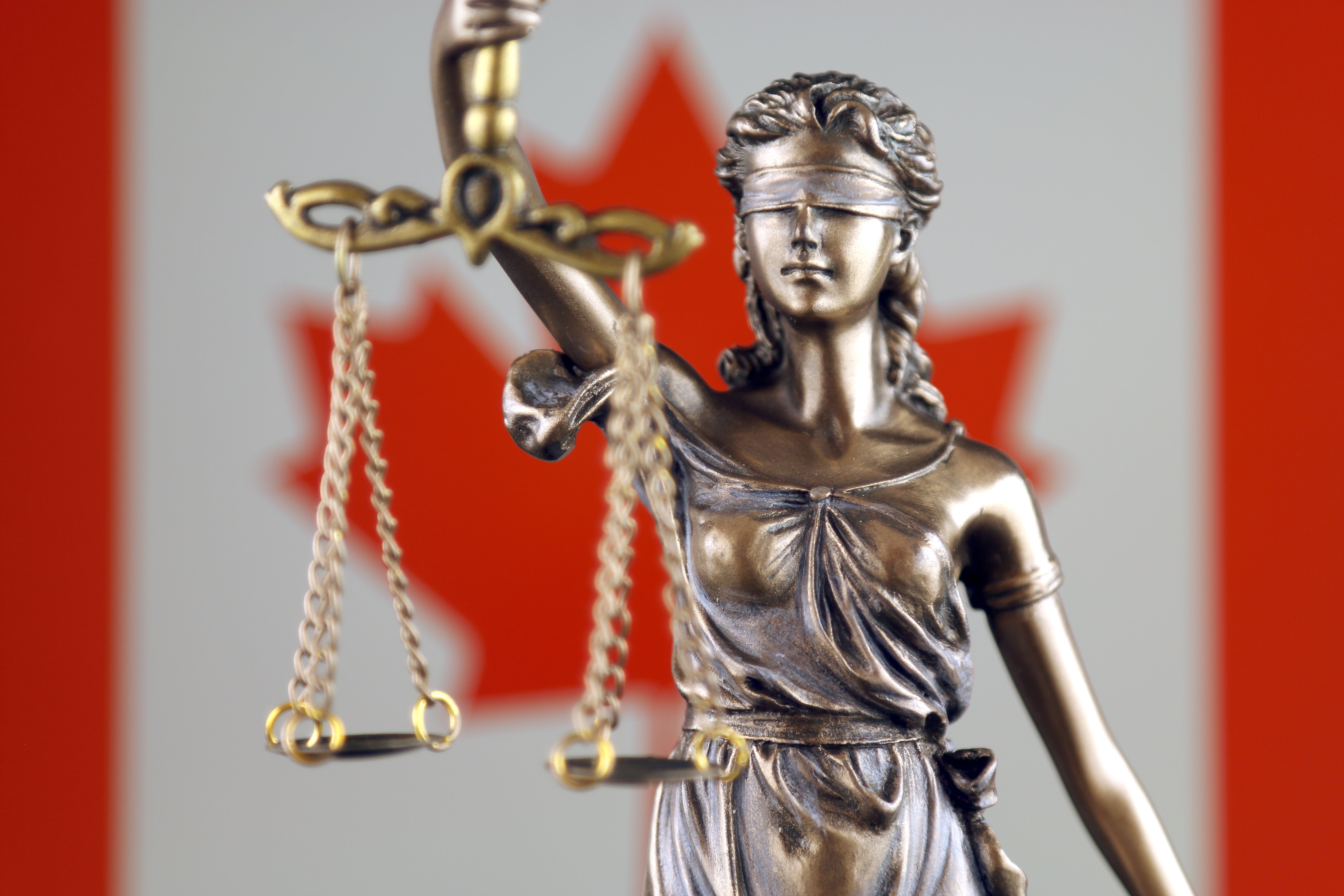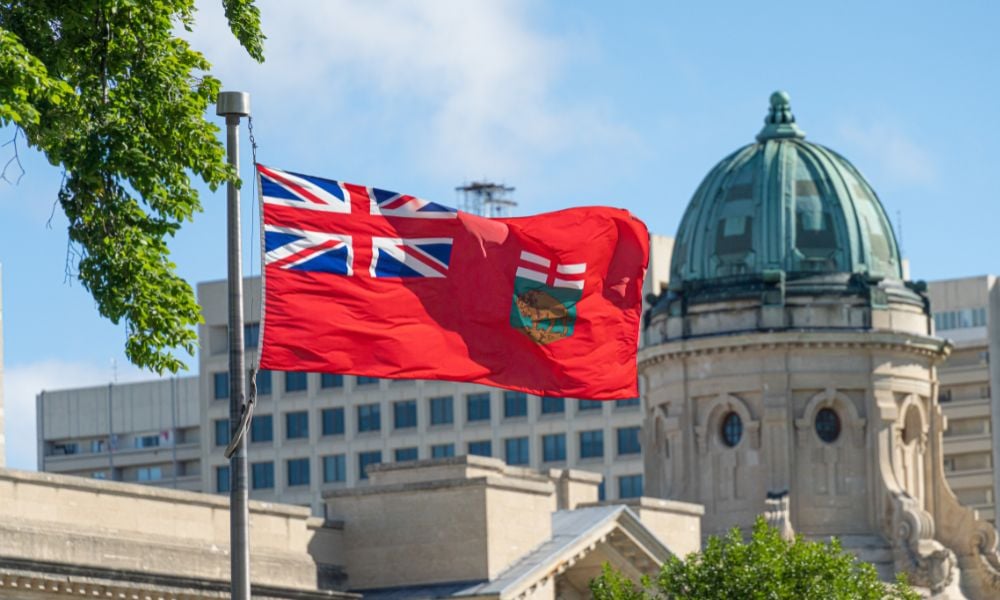I’ve written a lot in these pages about the issues of diversity and equality — much of it directly related to maintaining the number of women in the legal profession. But inequality in the law goes much further.
The case of a young student raped and beaten to death in India shocked the world, and lit the fire of outrage and protest in a country that has long treated women as second-class citizens. Canadians, too, were stunned by the barbarity of the attack and the seeming carelessness of the authorities in matters of violence against women. But India is so far away and that sort of thing doesn’t happen here. We’re civilized. But in the past few months, a number of examples highlighting the unequal way women are treated have made headlines, right here at home.
Did taxpayers really need to fund a multi-million-dollar public inquiry into the cases of missing women in British Columbia to know that, essentially, lack of caring on an institutional-wide basis meant women going missing from Vancouver’s Downtown Eastside ended up dead at the hands of serial killer Robert Pickton? They were women, down and out, selling their bodies for money so why would even the police care about their lives?
As commisioner Wally Oppal said in his report: “Forsaken. That is the story of the missing and murdered women. The missing and murdered women were forsaken by society at large and then again by the police. The pattern of predatory violence was clear and should have been met with a swift and severe response by accountable and professional institutions, but it was not.”
The Supreme Court of Canada handed down its ruling in R. v. Ryan as we were going to press. It was about a woman who wanted to hire a hit man to kill her husband because she was desperately afraid he would harm her and her daughter. In their decision, the Supremes noted: “She had an intense and reasonable fear of Mr. Ryan, was feeling helpless, felt she had lost control and felt she was threatened with annihilation. While she had engaged the police and other agencies in an effort to assist her in the past, the evidence was that her problems were viewed as a ‘civil matter.’ . . .There is also the disquieting fact that, on the record before us, it seems that the authorities were much quicker to intervene to protect Mr. Ryan than they had been to respond to her request for help in dealing with his reign of terror over her.”
In January, in Toronto, a criminal lawyer whose former cop boyfriend was found guilty of assaulting her, said she felt the police —other than the investigators on the case —closed ranks against her. “Troubling” is how she described the police’s attitude.
It’s 2013. Time for attitudes to change in all parts of the legal system, even in Canada.
The case of a young student raped and beaten to death in India shocked the world, and lit the fire of outrage and protest in a country that has long treated women as second-class citizens. Canadians, too, were stunned by the barbarity of the attack and the seeming carelessness of the authorities in matters of violence against women. But India is so far away and that sort of thing doesn’t happen here. We’re civilized. But in the past few months, a number of examples highlighting the unequal way women are treated have made headlines, right here at home.
Did taxpayers really need to fund a multi-million-dollar public inquiry into the cases of missing women in British Columbia to know that, essentially, lack of caring on an institutional-wide basis meant women going missing from Vancouver’s Downtown Eastside ended up dead at the hands of serial killer Robert Pickton? They were women, down and out, selling their bodies for money so why would even the police care about their lives?
As commisioner Wally Oppal said in his report: “Forsaken. That is the story of the missing and murdered women. The missing and murdered women were forsaken by society at large and then again by the police. The pattern of predatory violence was clear and should have been met with a swift and severe response by accountable and professional institutions, but it was not.”
The Supreme Court of Canada handed down its ruling in R. v. Ryan as we were going to press. It was about a woman who wanted to hire a hit man to kill her husband because she was desperately afraid he would harm her and her daughter. In their decision, the Supremes noted: “She had an intense and reasonable fear of Mr. Ryan, was feeling helpless, felt she had lost control and felt she was threatened with annihilation. While she had engaged the police and other agencies in an effort to assist her in the past, the evidence was that her problems were viewed as a ‘civil matter.’ . . .There is also the disquieting fact that, on the record before us, it seems that the authorities were much quicker to intervene to protect Mr. Ryan than they had been to respond to her request for help in dealing with his reign of terror over her.”
In January, in Toronto, a criminal lawyer whose former cop boyfriend was found guilty of assaulting her, said she felt the police —other than the investigators on the case —closed ranks against her. “Troubling” is how she described the police’s attitude.
It’s 2013. Time for attitudes to change in all parts of the legal system, even in Canada.







